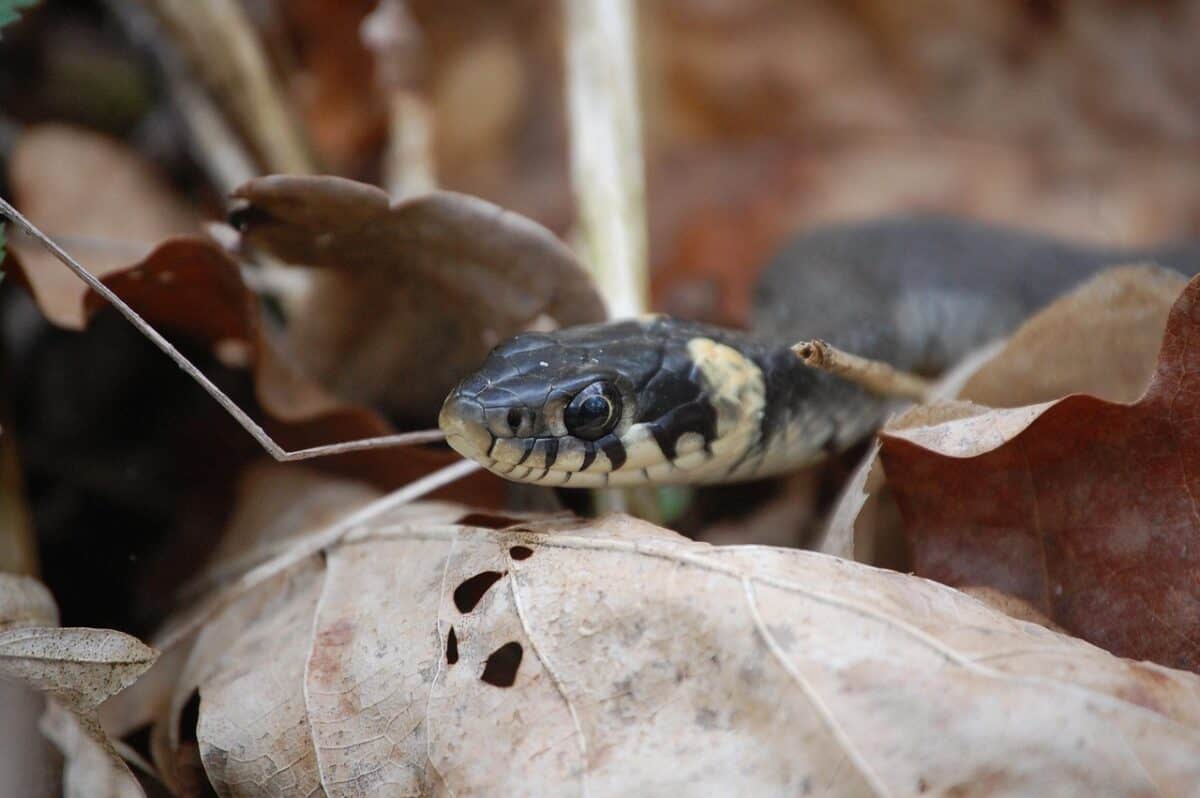Snakes have long fascinated humanity with their mysterious movements and stealthy disposition. Among these intriguing creatures, some possess lighting-fast reflexes that surpass human capabilities. This article explores the intriguing world of the serpent known for its incredible speed: the viper. Let’s dive into the fascinating speed and precision of one of nature’s most efficient hunters.
Understanding Viper Dynamics

Vipers are a family of snakes found predominantly in the Americas, Africa, and Asia. Known scientifically as Viperidae, these snakes have evolved over millions of years, developing highly specialized traits that make them lethal hunters. Their most astounding feature is their rapid striking ability, crucial for capturing prey and self-defense.
Speed Deep Dive: The Viper’s Strike
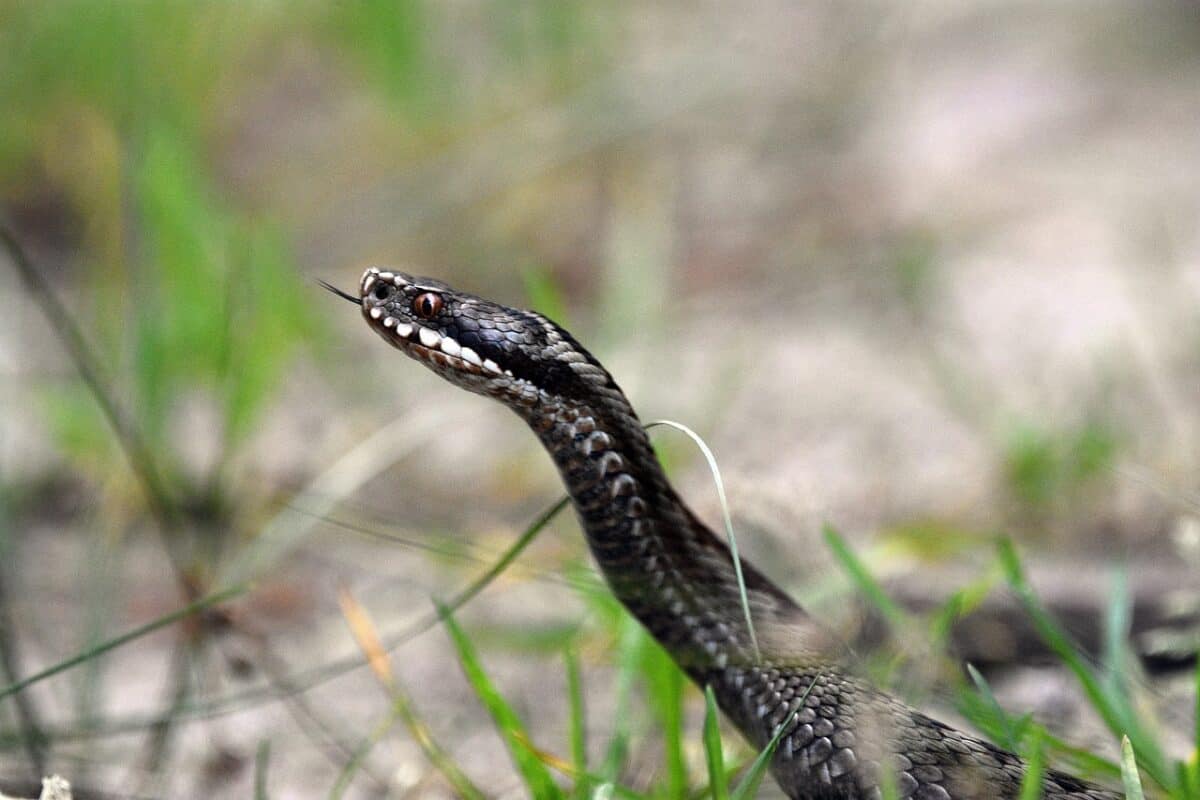
The speed at which a viper can strike is nothing short of remarkable. Studies have shown that some viper species can strike at speeds of up to 25 feet per second. This translates to less than the time it takes a human to blink, making their attacks highly effective in catching prey off-guard.
Anatomy of a Swift Predator

The viper’s lightning-fast strike is made possible by its muscular build and unique skeletal structure. Its long, flexible spine and strong muscles allow for rapid acceleration, while specialized tendons provide additional strength and speed.
Triggering the Strike: How Do Vipers Do It?
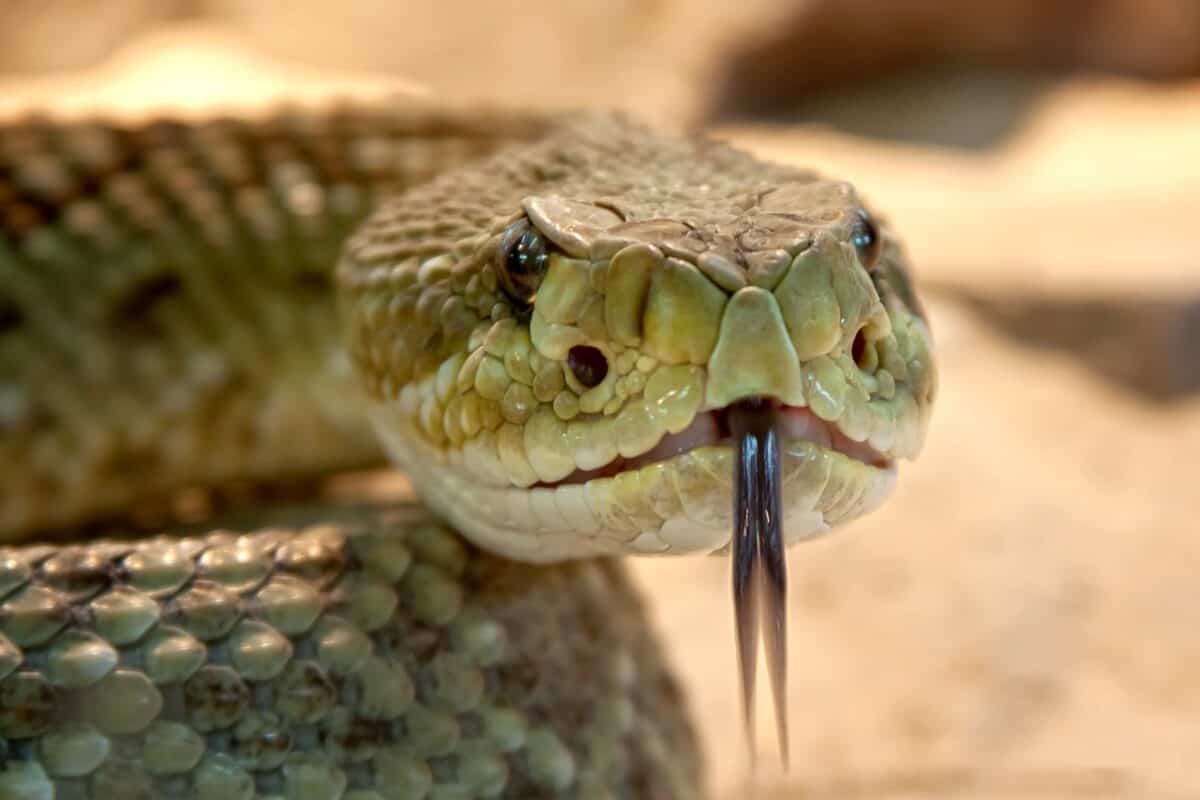
Vipers employ a sophisticated combination of sensory perception and reflex action when striking. Equipped with heat-sensitive pits located between the eyes and nostrils, these snakes can detect the thermal signatures of their prey, allowing them to strike with pinpoint accuracy even in the dark.
Venom Delivery: Paired for Perfection
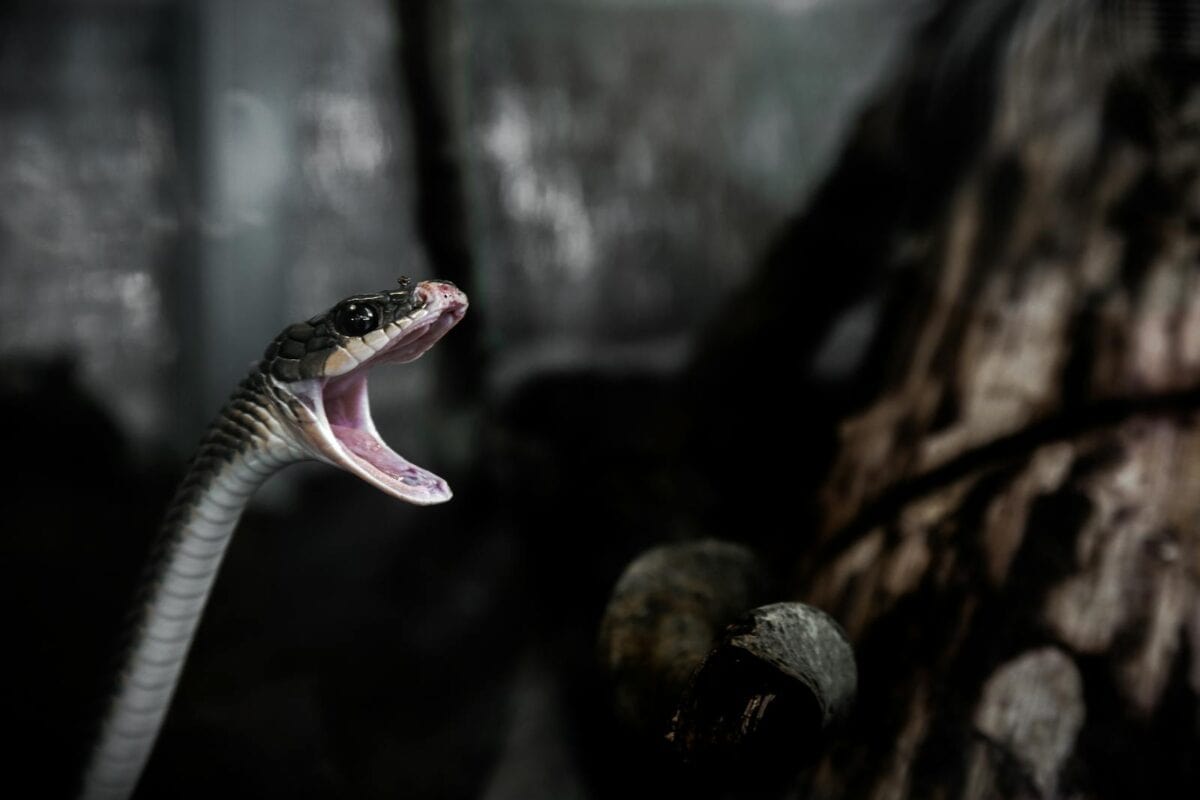
A viper’s speed is complemented by its venomous bite, designed to immobilize prey almost instantly. Vipers possess long, hollow fangs that inject venom deep into their targets, ensuring an efficient and quick kill. This dual capability of speed and venom makes them formidable predators.
Behavioral Insights: The Art of Ambush
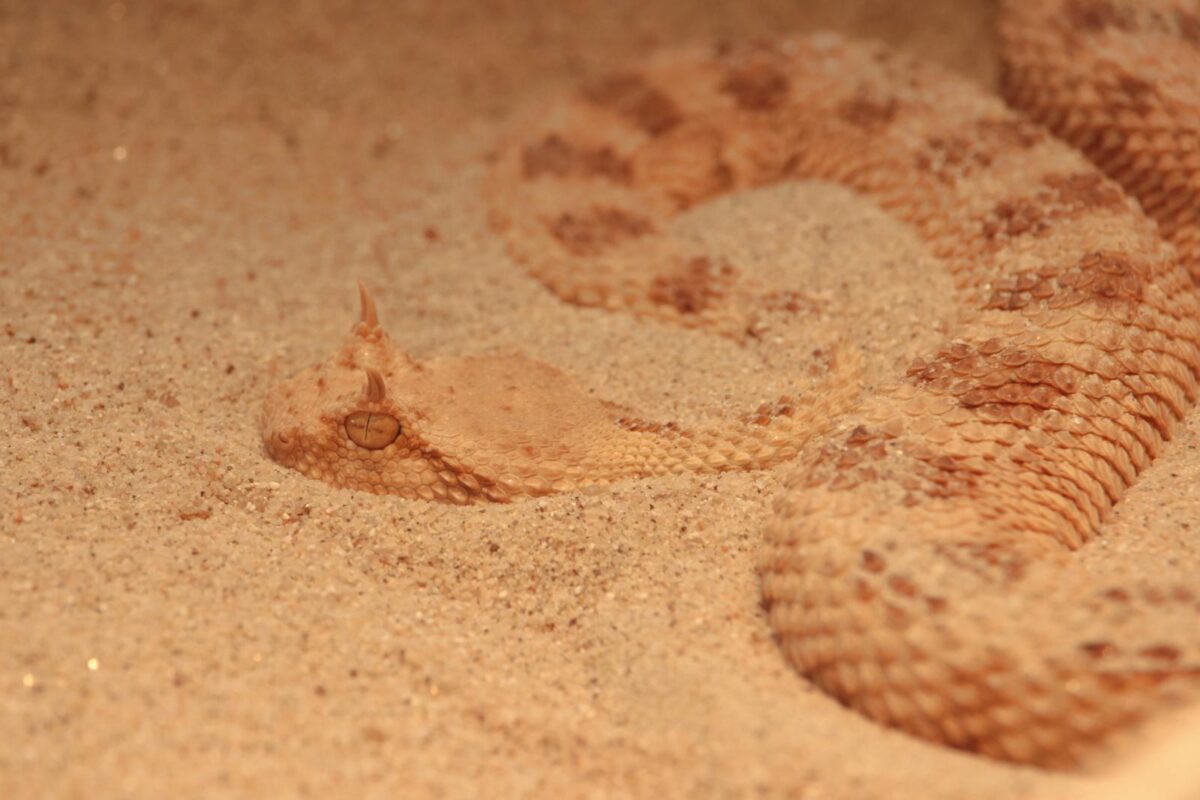
Vipers are masters of ambush predation. They often remain motionless, camouflaged within their surroundings until the opportune moment to strike presents itself. This method of hunting conserves energy and increases their success rate, as unsuspecting prey wander too close.
The Role of Conditioning and Diet
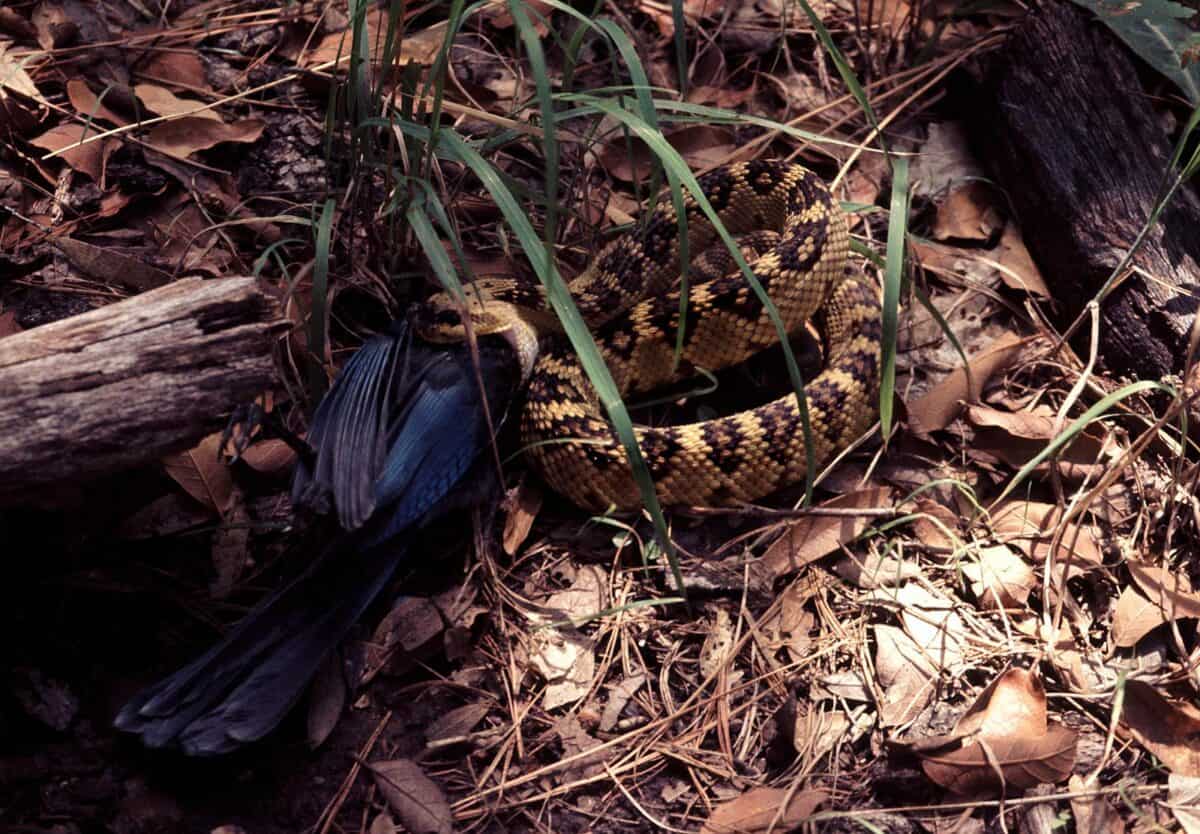
Like any effective predator, a viper’s ability to strike quickly is also influenced by its physical condition and diet. A well-fed snake with ample energy reserves is more capable of executing rapid precision strikes than one in poor health.
Comparative Speed: Vipers vs. Other Snakes

While many snake species possess notable speed, vipers are exceptional. Compared to constrictors like boas and pythons, which rely on sheer strength, vipers use their fast-striking ability as a primary hunting strategy. This adaptation is key to their survival in the wild.
Understanding Their Prey

In their natural habitats, vipers typically prey on small mammals, birds, frogs, and other reptiles. The speed at which they can strike increases their hunting efficiency, providing them with essential nutrients to sustain their energetic hunting lifestyle.
Human Interactions: A Cautious Encounter

While vipers are not generally aggressive towards humans, their defensive strikes can be dangerous. It’s crucial for individuals in regions inhabited by vipers to be vigilant and respectful of their space to avoid unintended encounters.
Conservation Status: Present and Future

Many viper species face threats from habitat destruction and the illegal pet trade. Conservation efforts are essential to preserving their populations, ensuring that these remarkable snakes continue to play their role in our planet’s ecosystems.
The Intrigue of Viper Studies

Research into viper behavior and physiology provides insights into the evolutionary adaptations that allow for such incredible speed and efficiency. Scientists continue to study these snakes to understand better how their unique features have enabled them to thrive for millions of years.
In conclusion, the viper’s astounding speed is a testament to the wonders of evolutionary adaptation. Their quick strike capability, coupled with their venomous bite, makes them one of nature’s efficient hunters. Through understanding and respecting these incredible reptiles, we can appreciate the complexity and beauty of life on Earth while working towards preserving their populations for future generations to study and admire.
- Wild Horses Still Roam the Outer Banks of North Carolina, and Their Origins Are a Mystery - August 20, 2025
- 14 Dangerous Animals That Have Been Spotted in US Backyards - August 20, 2025
- How Leafcutter Ants Use Fungus to Grow Their Own Food - August 20, 2025

